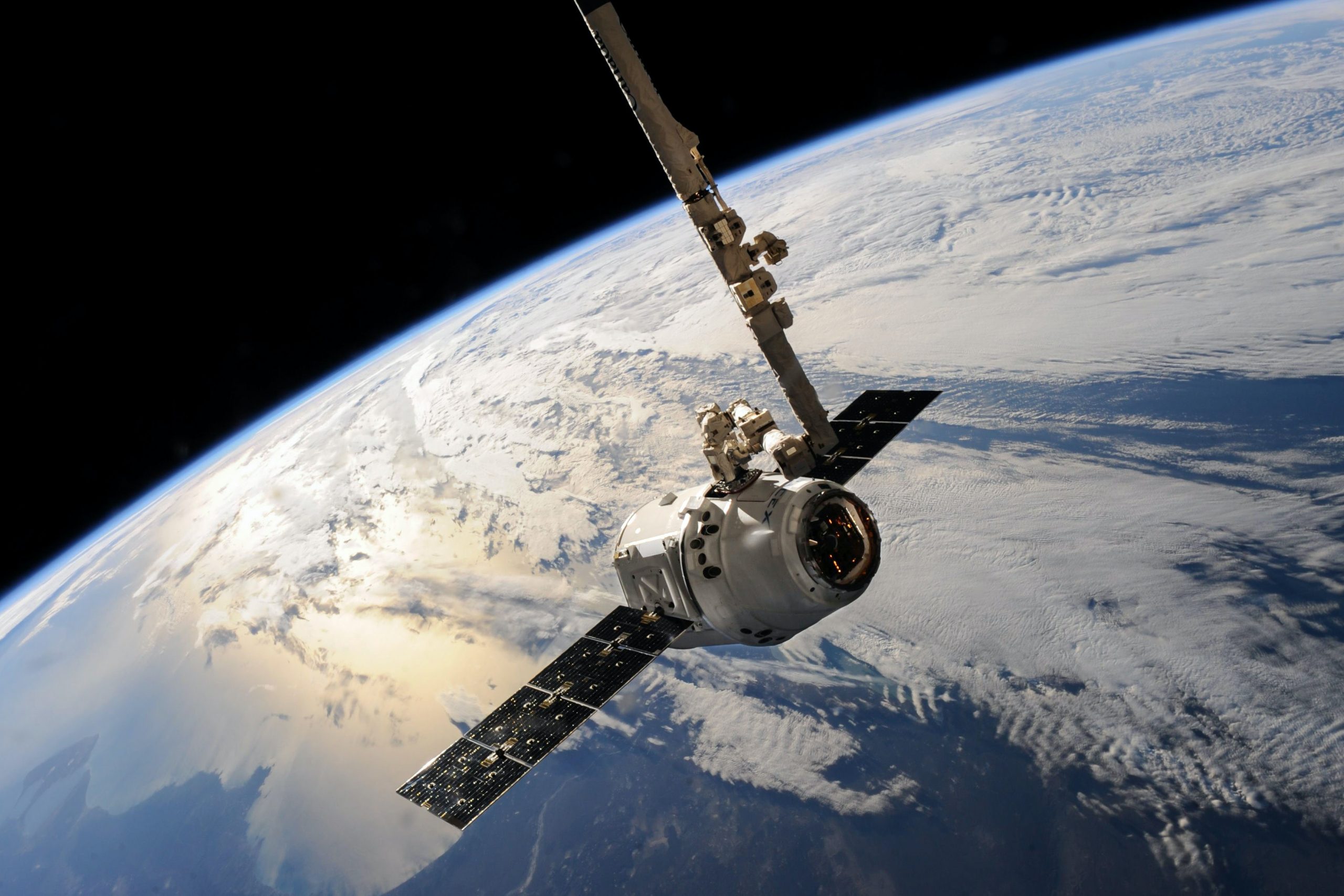
What is the future of satellite internet?
21 Mar, 20235 minsWhat is the future of satellite internet? The internet is one of the most powerful demo...

What is the future of satellite internet?
The internet is one of the most powerful democratising forces, allowing for instantaneous communication and data transfer across the globe. But for all of its disruptive potential, access to the internet still reflects many long-established global inequalities.
According to the United Nations, more than 20 per cent of the world’s population does not have access to at least 4G network coverage and in Eastern and Western Africa, this rises to more than 73 per cent of the population.
In order to bring connectivity to as much of the globe as possible, numerous projects have emerged to solve issues of inaccessibility, such as satellite internet.
Satellite internet goes where fibre and DSL can’t, creating the broadest coverage for home internet by far, especially in rural areas. The function of a satellite is to maintain a permanent connectivity between ground stations and individual devices.
What has changed in recent years is that where geostationary satellites of the past (such as Viasat and HughesNet) operated at approximately 22,000 miles above the earth’s surface, new generation Low-Earth Orbit (LEO) Satellites are positioned just 300 miles above the earth. The advantages being reduced latency, low implementation costs and fewer weather-related issues.
However, because these LEO satellites are not geostationary and orbit the earth approximately every 90-120 minutes, no single satellite will be able to provide a single location with constant connectivity.
To overcome this problem, companies are launching hundreds of satellites to create clusters, or satellite constellations. Satellites within a constellation can seamlessly beam data between each other, creating what amounts to an orbiting network. These interconnected satellites then act in unison to deliver high-speed internet to even remote locations, where it may have been previously impossible to install cable infrastructure due to costs and/or logistics.
This next era of satellite internet will be the result of a race between providers to deliver affordable high-speed, low-latency internet to underserved regions of the world. And the fierce competition is already driving astronomic growth in the global space economy, which is projected to be worth $1trn by 2040,of which Satellite Internet is expected to account for 50 –70 per cent.
So who are the major players?
Starlink
According to the World Economic Forum, the European Union has announced plans for a low earth orbit satellite system worth 6 billion Euros for EU countries.
One of the biggest names developing the technology is Elon Musk’s Space X’s Starlink.
In February 2018, SpaceX successfully launched two satellites into LEO. Following this, the Federal Communications Commission (FCC) approved Starlink’s formal request to offer broadband service, but the reality is still a far-off prospect due the number of satellites required for a viable network. That said, there are already users around the globe using the service functionally and its ultimate goal is to launch 4,425 satellites by 2024.
Although expensive in comparison to other services, the company has already proved it worth in certain areas, for example Musk has enabled several of Starlink’s satellites to provide internet connectivity in Ukraine after the country’s internet infrastructure was damaged by the Russian invasion.
OneWeb
The UK’s OneWeb is a joint effort to bring internet access to the world with partners including Virgin, Qualcomm, Airbus, and Hughes. OneWeb manufactures its own satellites and despite still being in its relative infancy the government-backed operator plans for a network of 648 satellites, in 18 carefully synchronised polar orbits by the end of 2022.
Project Kuiper
Amazon’s Project Kuiper is another up-and-coming LEO satellite internet service provider that’s set to launch 1,500 satellites over the next five years. The satellites are not yet up and running but the project is planning on launching its first prototype satellites in 2023.
Viasat
US based Viasat is also taking the plunge by launching its own LEO network next year, but with a slightly different approach – deciding to use small satellites to provide a sustainable and responsible avenue to LEO space access. By using its design and manufacturing expertise and pursing vertical integration in network development, Viasat hopes to conserve precious LEO resources by keeping constellation sizes sustainable.
Obstacles to overcome
Despite the roll-out of LEO satellite technology coming on leaps and bounds, there are still bumps in the road to overcome.
One of which being the unusual drawback of LEO satellites needing to be replaced approximately every five years. Meaning that a satellite company will face the substantial cost of paying for rocket launches continually, just in order to stay functional.
The other key challenge will be the capacity to keep up with surging demand in the long-term. Even leader of the pack Starlink still needs to launch many thousands of satellites at a cost of $30 billion to finish the build.
However, the upshot is that increased connectivity demands are fuelling manufacturing advancements that are of a lower cost, which in turn is leading to increasing numbers of satellite providers and launches. The average cost of launching objects into space has fallen by around 85 per cent since the millennium. And OneWeb, as an example, can now produce two satellites a day and at a fraction of the price it once faced.
Clearly the draw of the lucrative nature of a relatively unsaturated space is causing many to jump on the bandwagon. But outside of this, the mission to provide fast, affordable broadband to customers in unserved and underserved communities around the world is ultimately the fire under the wings of providers and of course, sourcing the right talent will be crucial to achieving this goal. Fancy helping to build connections in the world? Explore our roles today.
Article by Louis Parratt – Senior Telecommunications Consultant



